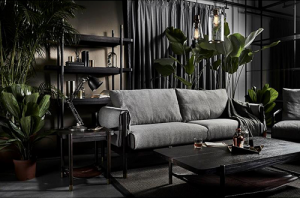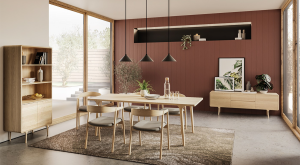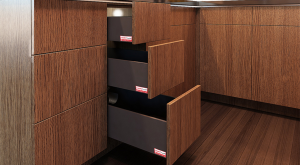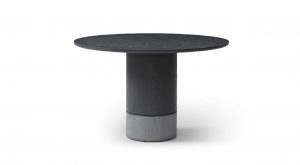Featured Post
The Fascinating History of Armoires: From Medieval Times to Modern Day
Armoires have been a staple of furniture design for centuries, serving as both functional storage solutions and decorative pieces. From their humble beginnings in medieval times to their modern-day adaptations, armoires have evolved to meet the changing needs of society. This article explores the rich history of armoires, highlighting their design, functionality, and cultural significance throughout the ages.
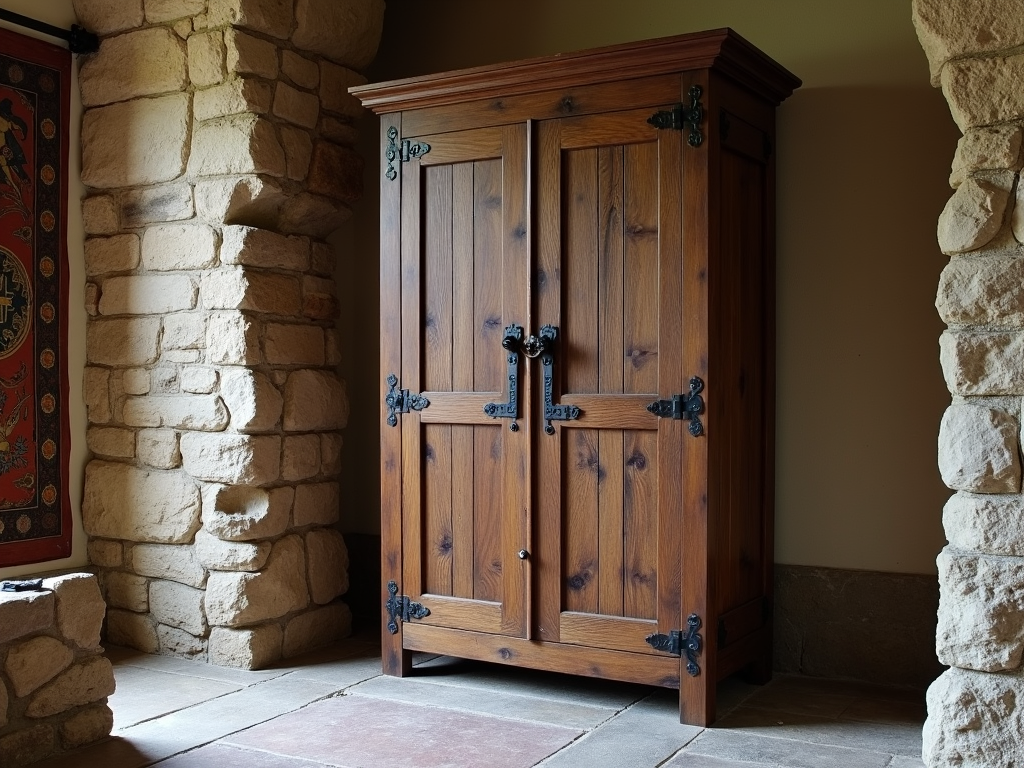
Medieval Origins: The Birth of the Armoire
In medieval times, armoires were essential pieces of furniture in castles and manor houses. These early armoires were primarily used to store clothing, linens, and other household items. Made from sturdy materials like oak or walnut, they were designed to be durable and functional. The design was simple, often featuring a rectangular shape with two doors and a lock to secure valuable possessions. The use of iron hinges and locks was common, reflecting the need for security in a time when personal belongings were often at risk.
Armoires in this period were not just storage units; they were also status symbols. Wealthy families would commission armoires with intricate carvings or inlays to showcase their affluence. However, the primary focus remained on functionality, with little emphasis on aesthetics beyond basic craftsmanship.
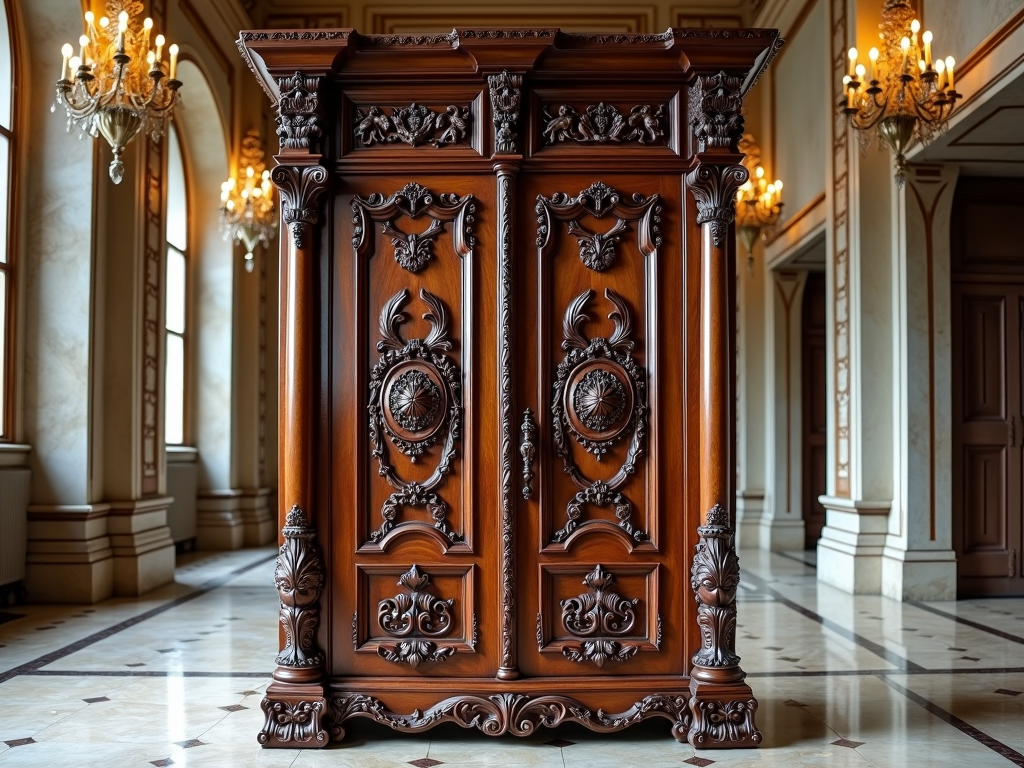
The Renaissance: A Flourish of Design
During the Renaissance, armoires underwent a significant transformation. This period saw a shift towards more ornate and decorative designs, reflecting the artistic and cultural developments of the time. Armoires became more than just functional pieces; they were works of art. Craftsmen began to incorporate intricate carvings, inlays, and other embellishments into their designs, often inspired by classical motifs and mythology.
The use of richer materials, such as mahogany and cherry wood, became more prevalent, adding to the luxurious feel of these pieces. Armoires from this era often featured detailed panels depicting scenes from literature or history, making them focal points in any room. Despite their decorative nature, they retained their practical purpose, with interiors designed to maximize storage space.
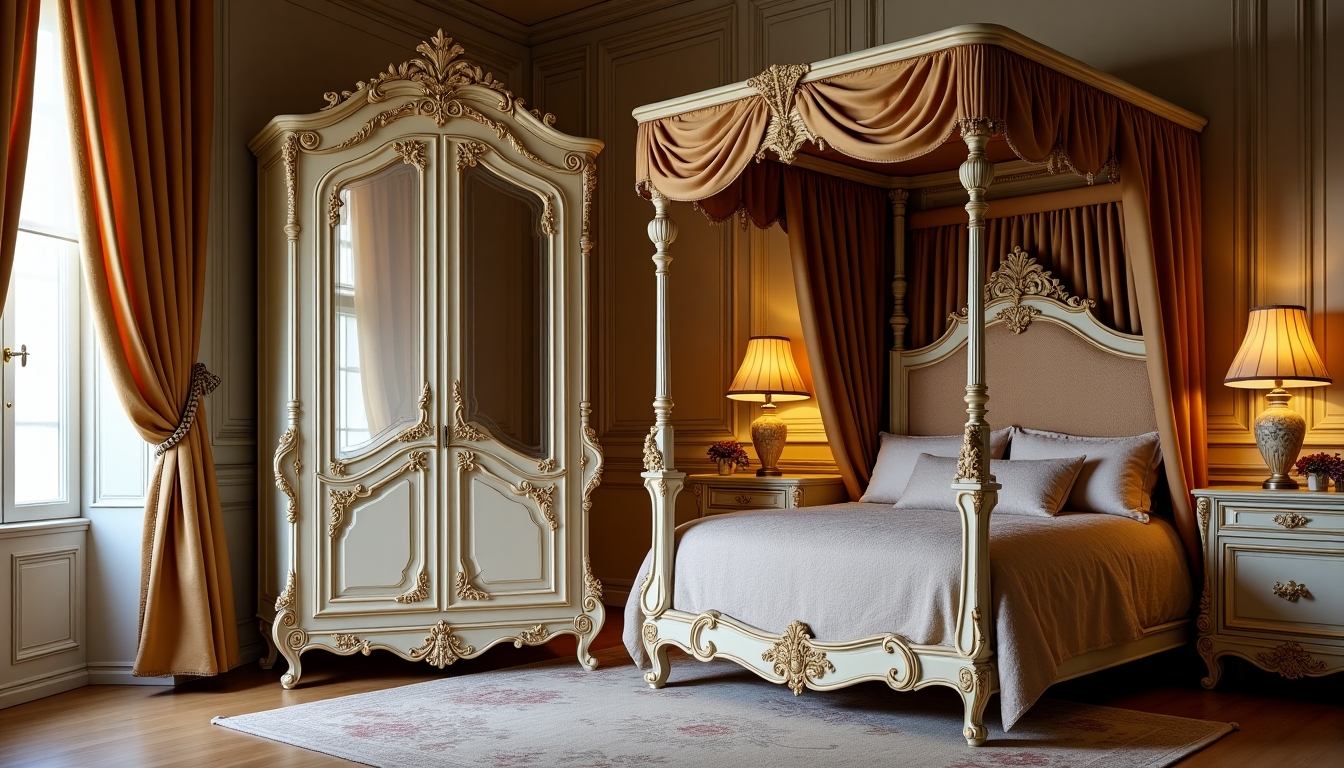
18th and 19th Centuries: Versatility and Elegance
The 18th and 19th centuries brought further evolution to armoire design. During this time, armoires became more versatile, incorporating features like mirrors, drawers, and shelves. This made them not only storage units but also multifunctional pieces of furniture. The influence of various design movements, such as Rococo, Neoclassicism, and Victorian styles, was evident in the diverse range of armoires produced.
Rococo armoires, for example, were characterized by their curved lines, asymmetry, and ornate detailing, often adorned with gilded accents and floral motifs. Neoclassical designs, on the other hand, favored symmetry and classical elements, such as columns and pediments. Victorian armoires were known for their grandeur, often featuring dark woods, elaborate carvings, and sometimes even stained glass panels.
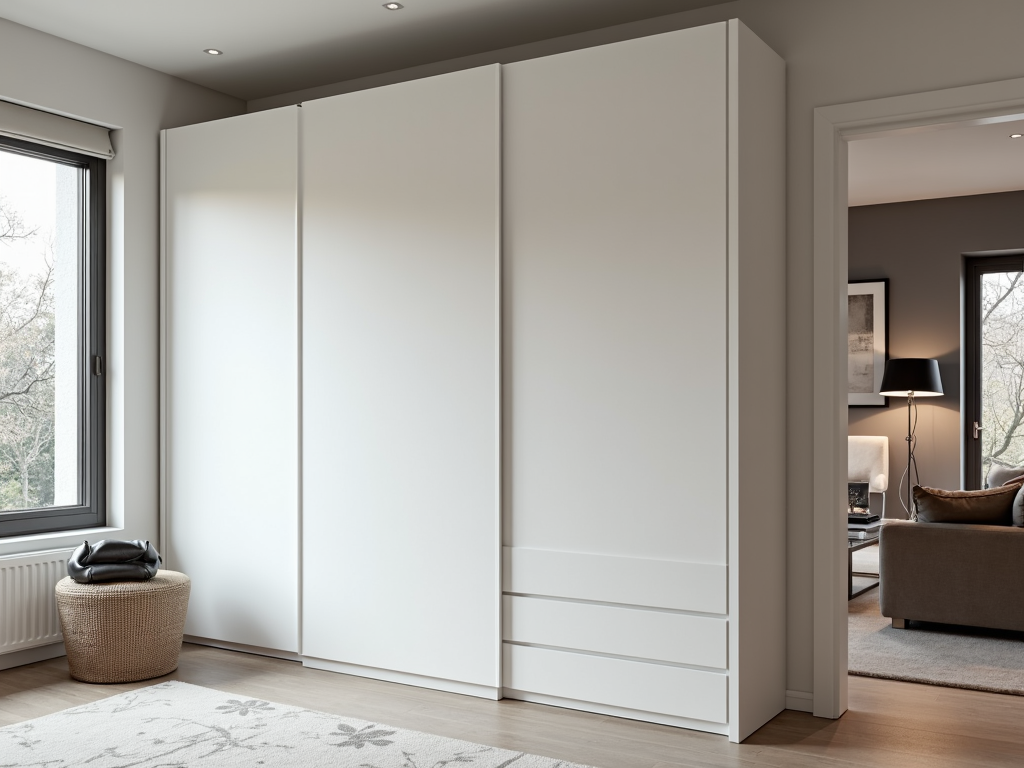
Modern Era: Adapting to Contemporary Needs
In the modern era, armoires have adapted to fit the needs of contemporary interiors. While they are no longer the primary storage solution in many homes, they have found new purposes. Today, armoires are often used as entertainment centers, office storage, or decorative pieces. Their design has also evolved to suit modern aesthetics, with a focus on clean lines, minimalism, and functionality.
One popular trend is the repurposing of vintage armoires. These pieces are often restored and updated to fit modern decor, adding a touch of history and character to a room. Custom-built armoires are also in demand, allowing homeowners to tailor the design to their specific needs and style preferences. Whether it's a sleek, minimalist piece or a boldly colored statement armoire, modern designs continue to push the boundaries of traditional furniture.

The Enduring Appeal of Armoires
Throughout history, armoires have proven to be more than just furniture; they are a testament to the evolution of design and functionality. From their medieval origins as simple storage units to their modern-day adaptations as versatile and stylish pieces, armoires have stood the test of time. Their ability to adapt to changing needs and styles ensures that they remain a beloved fixture in homes around the world.
Whether you're drawn to the rustic charm of a medieval armoire or the sleek lines of a modern design, there's an armoire to suit every taste and need. As we continue to innovate and redefine our living spaces, the armoire will undoubtedly continue to evolve, maintaining its place as a timeless piece of furniture.


